Many people among scientists
In spite of the weather: Several thousand inquisitive people sought and found contact with scientists at the first Night of Research in Zurich. The event organisers are satisfied.
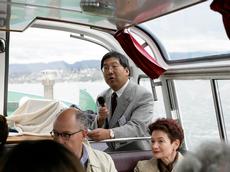
A cabin at Bellvue in the heart of Zurich invited passers-by to dive into the world of research and to carry out experiments themselves. For example at the stand of the Life Science Learning Center of ETH Zurich and the University of Zurich, visitors were able to make their own crosses between genetically mutated fruit flies. Through a microscope they observed the various mutations of the fruit fly Drosophila melanogaster, an insect whose genetic information is 60 percent identical to that of humans. Its rapid reproduction cycle allows important information about which genes are responsible for which features to be obtained within a short time. Conclusions relevant to humans can also be deduced from this. The public’s participation in the hybridization experiments is intended to break down the level of scepticism towards gene technology.
Technologies for the future
Two free of charge shuttle ships took the visitors from the cabins at Bellvue to the main exhibition site at Zurichhorn. During the journey, scientists such as the Nobel prize-winner Richard Ernst took part in question and answer sessions with interested visitors in an informal atmosphere. At Zürichhorn, a platform on the lake with various science shows and presentations together with an exhibition tent with more stands awaited the visitors.
For example the ETH Zurich Autonomous Systems Laboratory presented the “Sky Sailor” solar glider and the “CoaX” and “OS4” flying robots. Because of the strong wind, the self-steering helicopters were compelled to demonstrate their aerial manoeuvres inside the research tent. The flying robots were actually also developed for autonomous flying. For example in future, equipped with cameras, they could search for survivors in collapsed buildings. One possible area of use for the “Sky Sailor” is traffic monitoring with 24-hour traffic jam reports, because at night the ultra-light aircraft can use battery power to stay in the air. The solar cells attached to the three metre wingspan supply enough energy during the day to drive the propeller and charge the battery.
Particularly high energy efficiency was also needed when constructing the Pac-Car II. The world’s most economical motor car would run for 5385 kilometres with the equivalent of one litre of petrol. However, the vehicle is driven by a fuel cell, which produces steam as the only exhaust gas. At the Shell Eco Marathon in Ladoux (France), the Pac-Car II consumed only 1 gram of hydrogen for a racing distance of 20.6 kilometres, and did this at an average speed of 30 km/hr. The futuristic single-seater was developed by ETH Zurich in collaboration with the Paul Scherrer Institute and the RUAG Company, and demonstrates possible ways of using fossil fuels efficiently.
Clichés and self-mockery
The invitation to a night of research was issued in Zurich and more than 30 other towns and cities. Switzerland took part in the pan-European event for the first time this year. The European Researchers Night is a project of the 7th Framework Programme for Research and Technological Development of the European Union (EU). This is already the third time the EU has financed this initiative from its own budget. Peter Chen, Vice-President for Research of ETH Zurich, opened the Night of Research with a short speech. The purpose of the event was to make scientific research more accessible to the public.
The fact that researchers do not always take themselves so seriously was apparent from the choice of the presenter of the event. The cabaret artist Gögi Hoffman playing a mad scientist acted as guide through the Night of Research and provided continuity through occasional hold-ups with small competitions and much improvisation. For example visitors with good general knowledge were delighted by prizes like ETH Zurich umbrellas, and also remained dry during the rest of the evening. Despite the stormy autumn weather, many visitors stayed on under the temporary gas lamps and prize umbrellas to follow the presentations. The chemistry show was the high point of the event, above all for the many children. The experiments that were demonstrated matched the popular conception of chemistry: lots of fire, colour, noise and smoke.
To be continued in 2008?
In spite of the inclement weather, the Night of Research met with public approval. Several thousand visitors used the opportunity to get involved in modern research. The scientists at the stands, of which there were about 30, made great efforts to explain their projects in layman’s language as far as possible, and also to explain them to the young visitors. Complexity was reduced in favour of clarity. However, anyone who wanted more in-depth information about the current state of research found an opportunity for it in the subsequent lounge discussions with the researchers. The occasion was a success as far as the organisers were concerned, including Corporate Communications, so it is likely to be repeated next year.


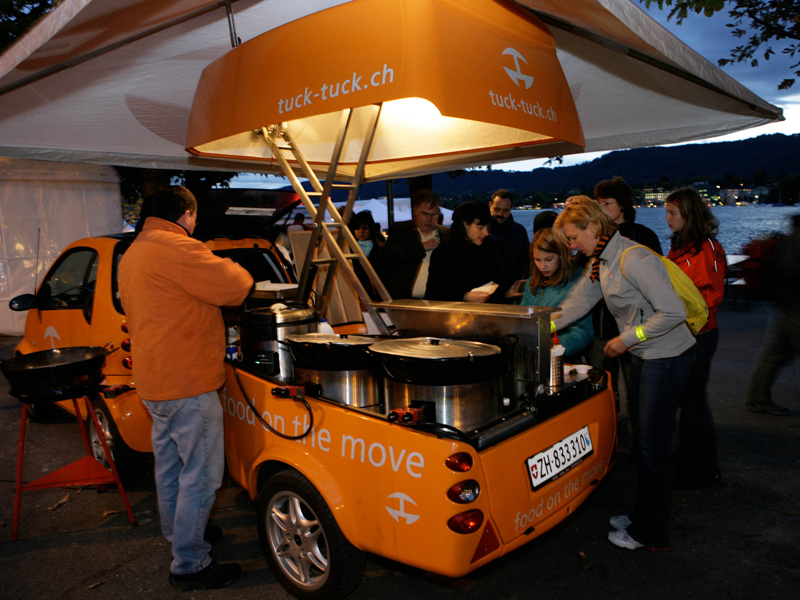
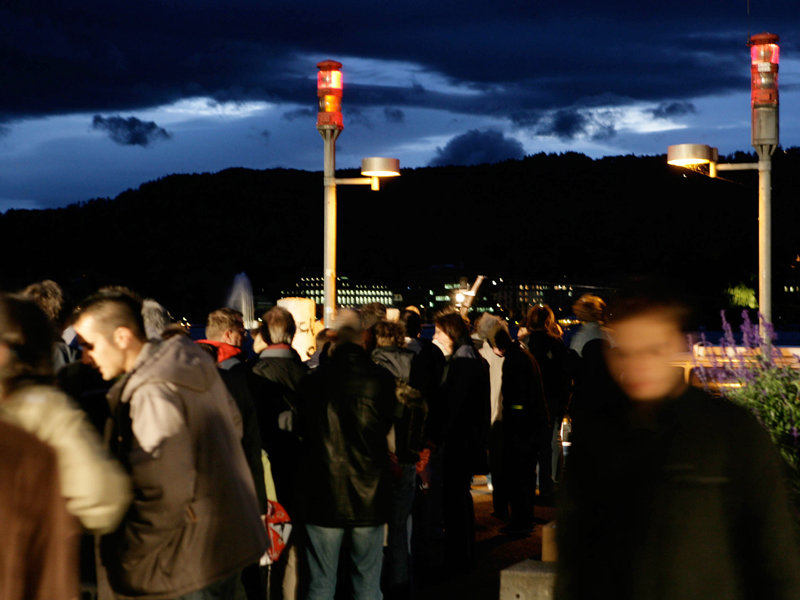
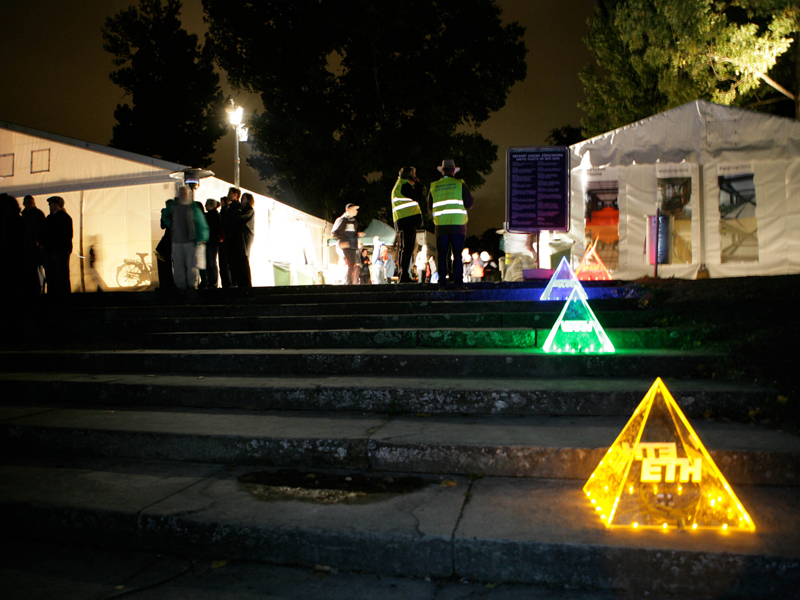
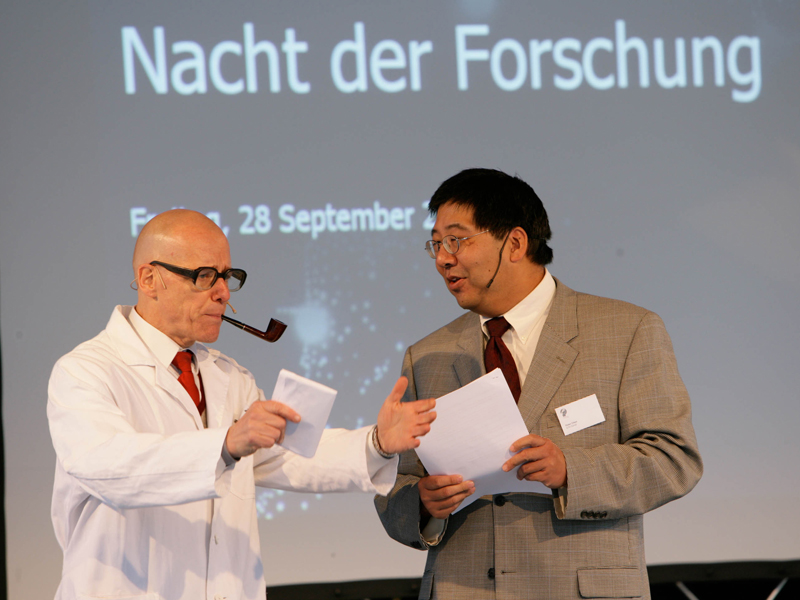





READER COMMENTS